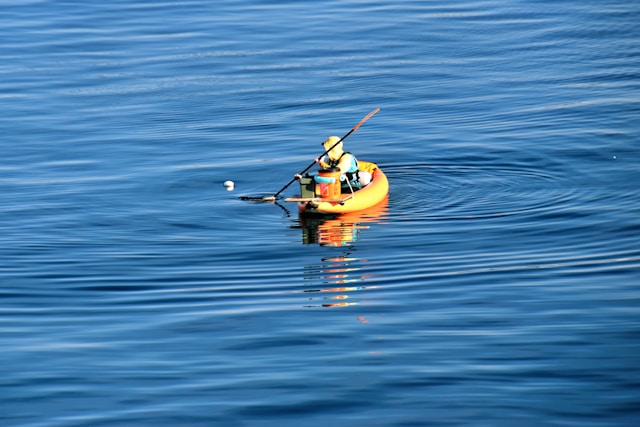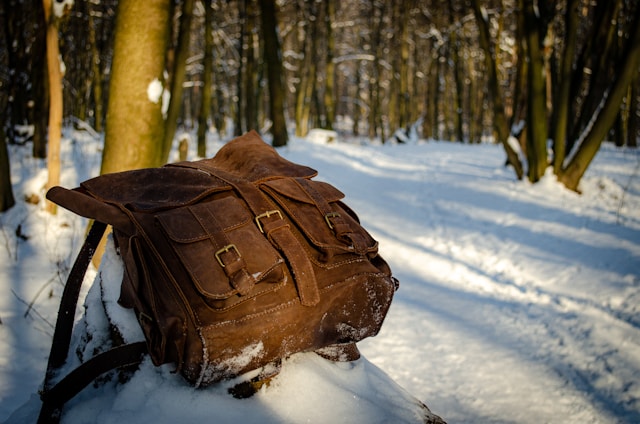Hey everyone, Anya here! So, you’re thinking about hitting the rivers with your packraft? Awesome! But before you do, it’s super important to understand how rivers are classified. Trust me, knowing the difference between a Class I and a Class IV could save you from a whole lot of trouble – or worse.
Okay, so here’s the deal. The most common system for rating rivers is the International Scale of River Difficulty. It’s used (with some local variations, mind you!) to give paddlers a heads-up about what to expect on a particular stretch of water. This scale, developed right here in the good ol’ US of A, assigns a class from I to VI, with each number representing increasing levels of challenge and risk. The scale considers factors like rapid size, wave height, obstacles, and overall technical difficulty. Think of it as a roadmap to help you choose appropriate routes that match your packrafting skills and experience.
Breaking Down the Classes: What to Expect on the Water
Alright, let’s get down to the nitty-gritty. What do those Roman numerals actually mean when you’re staring at a river map? Here’s a quick rundown:
Class I: Easy Peasy
These are your mellow rivers, folks. Think moving water with small riffles and tiny waves. There are few (if any) obstructions, making it perfect for beginners or a relaxing float. Great for a chill afternoon. Seriously, you could almost fall asleep out there… almost!
Class II: Getting a Little Bumpy
Now we’re talking easy rapids with waves up to 3 feet. Channels are wide and clear, but you might encounter some rocks or simple maneuvering. Still beginner-friendly, but you’ll need to pay a bit more attention. I remember my first Class II… I thought I was hot stuff, until I almost got stuck on a rock the size of a small car. Humbling!
Class III: Things Start to Get Interesting
This is where things get a little more serious. Expect moderate, irregular rapids with larger waves, rocks to dodge, and maybe some narrow passages. Good boat control and some experience are definitely needed here. I wouldn’t recommend this to a total newbie, unless you’re with someone who really knows what they’re doing. I’ve seen folks get into trouble on Class III rivers when they weren’t prepared.
Class IV: Hold On Tight!
These are advanced rapids with powerful, unpredictable currents. Large waves, complex routes, and potential hazards like holes and strainers are common. You’ll need excellent boat handling skills, teamwork, and a healthy dose of respect for the river. This is where you start thinking about rescue skills and what to do if things go sideways. I always double-check my gear on a Class IV, and maybe say a little prayer, too. Just sayin’.
Class V: Expert Territory Only
Extremely difficult, long, and violent rapids. Class V rivers require expert-level skills, precise maneuvering, and a thorough understanding of whitewater dynamics. These runs often involve significant risk of injury or death. Honestly, unless you’re a seasoned pro, you should probably steer clear. I know my limits, and Class V is usually beyond them. No shame in admitting that!
Class VI: Unrunnable? Maybe…
These rapids are considered so dangerous that they are rarely, if ever, attempted. They represent the extreme limit of navigability, and any attempt could result in serious injury or fatality. Some Class VI rapids may be run successfully at certain water levels or with specific techniques, but they are generally considered off-limits. Sometimes, it’s best to just admire the power of nature from the shore, right?
Local Interpretations and Assessing River Conditions
Now, here’s a little secret: the International Scale isn’t always applied consistently. A Class III in one region might feel like a Class IV somewhere else! Factors like climate, geology, and local water management practices can all influence river conditions. That’s why it’s crucial to talk to local paddlers, guides, or outfitters to get the inside scoop on a particular river.
And of course, river conditions can change dramatically depending on the water level. A river that’s a gentle Class II at low water can become a raging Class III or IV during a flood. Always check the current water levels and weather forecast before you head out. There are plenty of online resources that provide real-time data on river flows. Don’t skip this step! I remember one time, I didn’t check the levels and ended up paddling a “Class II” that felt more like a washing machine! Lesson learned.
Choosing the Right River for Your Skill Level
Ultimately, the most important thing is to be honest about your abilities and choose a river that’s within your comfort zone. Start small, build your skills gradually, and never be afraid to portage (walk around) a rapid that you’re not comfortable with. Packrafting is an amazing way to experience the outdoors, but it’s not worth risking your safety for a thrill.
So, there you have it – a crash course in river classifications for packrafters. Now get out there, explore, and have fun… but be smart about it! And as always, feel free to reach out if you have any questions. Happy paddling!




